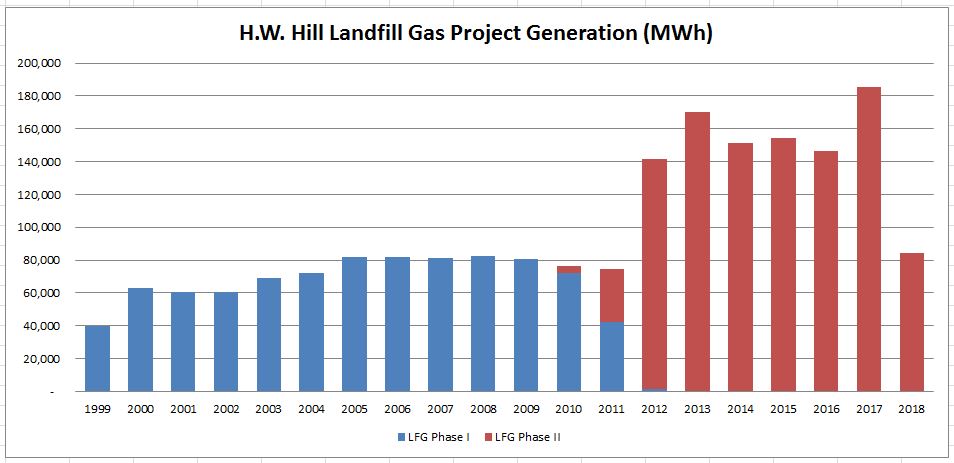H.W. Hill Landfill Gas Project
The H.W Hill Landfill Gas Project is located near Roosevelt, Washington, on one of the largest landfills in the nation. Operated by Allied Waste Services, a subsidiary of Republic Services, this landfill provides the ideal site for a generation facility.
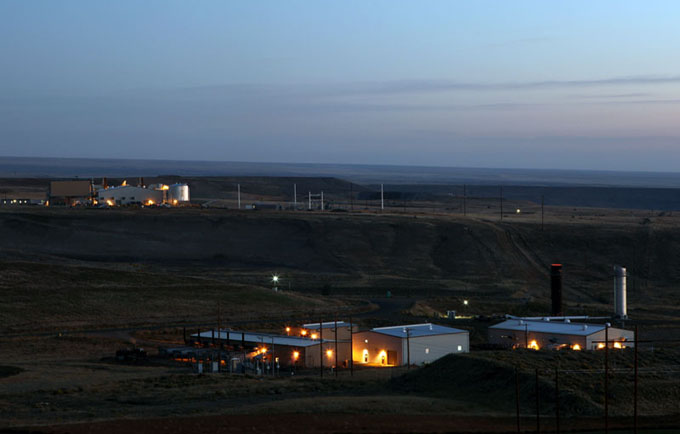
The company known today as Allied Waste Services got its start in 1928 as a small family business in the city of Bellingham, Washington, where it collected trash for 15 cents per can. As the business grew, the company expanded and moved south to Seattle and surrounding communities. During World War II, the company began recycling, collecting truckloads of scrap metal that were used to build new airplanes, tanks and other weapons. Some 40 years later, in the mid-1980s, recycling became an important part of the family business once again, when Seattle set a goal to become the nation’s leading municipal recycler.
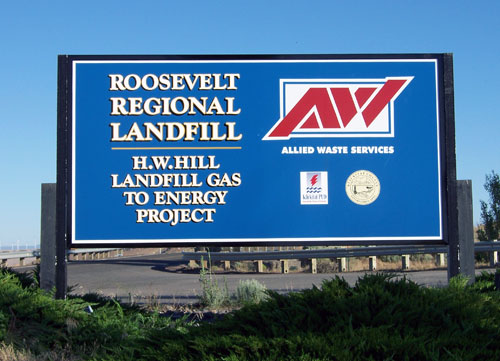
Allied transformed an old steel plant just south of Downtown Seattle into one of the largest recycling centers in the nation, a distinction it still claims. Today, the Roosevelt Regional Landfill, the Seattle recycling center and other Allied operations continue to promote environmental security and serve communities throughout the northwest.
Allied Waste, in partnership the Burlington Northern Santa Fe Railway, operates a regional network delivering 97 percent of the municipal solid waste processed at Roosevelt. The use of long haul rail transport means that Allied can serve customers efficiently and economically, even at great distances. The facility manages solid waste for communities as far away as Alaska and as close as Spokane, Washington.
Roosevelt Regional Landfill is the 4th largest permitted landfill in the United States. The landfill accepts two million tons of waste a year. It is permitted for 120 million tons.
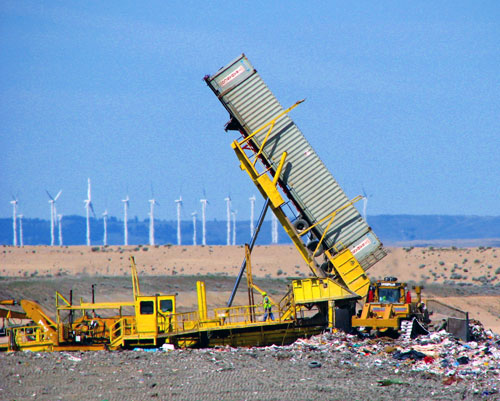
This landfill was designed from the beginning with generation in mind. The County retained the rights to the methane gas at the Conditional Use Permit stage, and transferred these gas rights to the District. Allied Waste is required to maintain a gas collection system in excess of that required by their air operating permit in order to maximize the methane gas collection for use in a generation facility. Allied Waste has been a consistent and strong supporter of the District’s efforts to build and operate the Project.
Roosevelt Regional Landfill, with a lifespan of 80 years, will generate enough renewable energy to avoid the consumption of 20.4 million tons of coal. This means the system will offset a total of 35.4 million tons of carbon dioxide emissions.
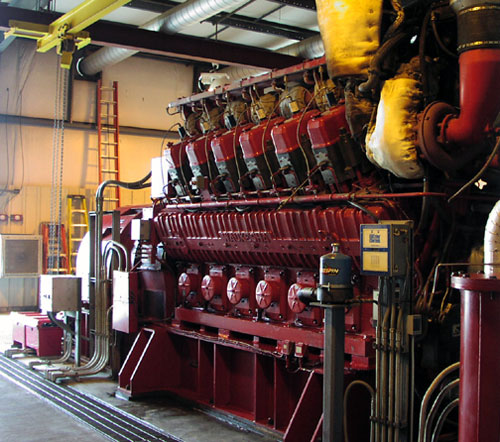
The H.W. Hill Landfill Gas Project was initially designed with four Waukesha reciprocating engines converted to run on methane. Total initial capacity was 8.4 megawatts. A fifth engine was added at the end of the plant’s first year of operation, boosting capacity to 10.5 megawatts.

Methane is collected in a network of wells and perforated pipe buried in the landfill itself. Blowers create a vacuum system to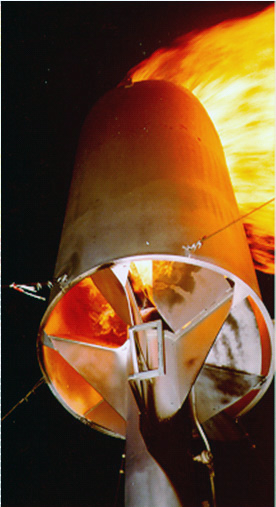 draw the methane out of the landfill before it is released into the air. Thousands of feet of collection pipe transport the methane from the landfill to equipment to compress the gas and filter out impurities. Clean, compressed gas is used to operate the engines.
draw the methane out of the landfill before it is released into the air. Thousands of feet of collection pipe transport the methane from the landfill to equipment to compress the gas and filter out impurities. Clean, compressed gas is used to operate the engines.
Phase II of the Landfill Gas Project includes two 10 MW combustion turbines with an additional capacity of approximately 6 MW through a heat recovery steam generator and steam turbine. As such, the capacity from this expansion is approximately 26 MW. The District began construction of Phase II of the Landfill Gas Project in 2009 and commercial operation began September 2011. Phase I was shutdown at this time with all generation being produced by the more modern facility.

The US environmental Protection Agency (EPA) says landfill gas-fueled plants are as green as it gets. In fact, the federal agency says, “This technology is the only renewable source of power that actually removes pollution from the air.” EPA is a fan of landfill gas-to-energy projects because methane, a natural by-product of solid waste decomposition, is a potent greenhouse gas. In fact it is 25 times more damaging that carbon dioxide, and landfills are the single largest source of methane emissions in the U.S. The State of Washington also considers landfill gas plants “green” power producers and Phase II of the project has been pre-certified by the California Energy Commission as a Renewable Portfolio Standard (RPS) participating facility.
Historical generation output from Phase I and Phase II is shown in the chart below. As of June 2018 Phase II was shutdown as KPUD has elected to utilize landfill gas for Renewable Natural Gas production. KPUD intends on utilizing Phase II again in the future for power generation.
